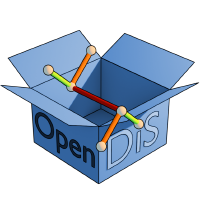 |
|
PyLAMDO
Python-LAMMPS toolkit for Multiscale, Multiphysics, Materials Design & Optimization.
PyLAMDO has been used for designing antibiofilm active surfaces and porous materials.
Dependence: LAMMPS 19.X, BayesianOptimization.
Reference: Zhai & Yeo, ACS Biomaterials Sci. & Eng., 2023, Zhai & Yeo, JMBBM, 2023.
|











